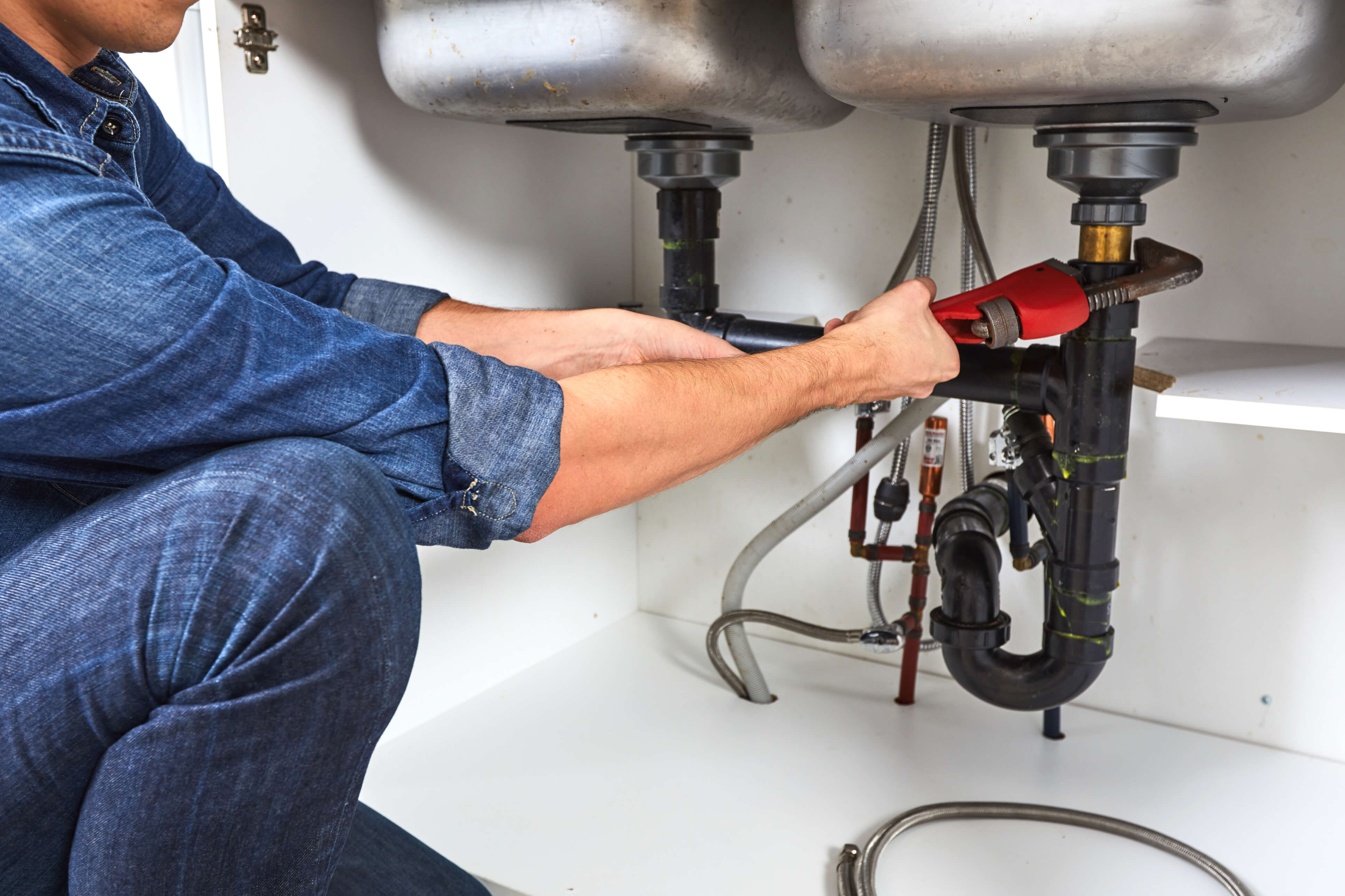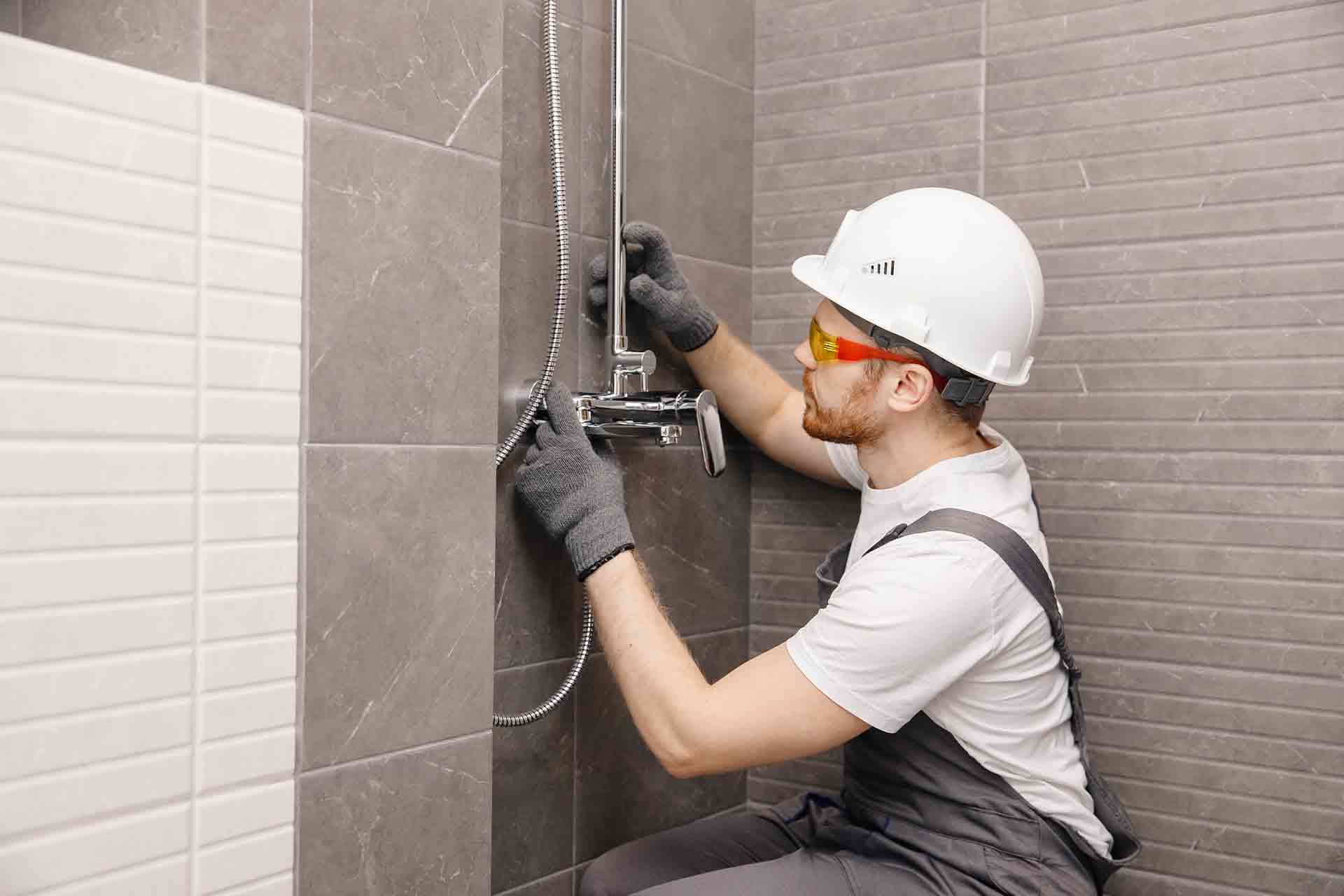What're your opinions regarding DIY vs. Professional Plumbing Repairs: When to Call a Pro?

Introduction
Pipes concerns can range from minor hassles to major frustrations, usually triggering home owners to determine in between taking on the problem themselves or calling in a professional plumber. Recognizing when to do it yourself and when to look for professional help can conserve time, money, and protect against potential disasters. This post explores the elements to think about when making this essential choice.
Advantages of Do It Yourself Pipes
Taking on plumbing tasks yourself can be rewarding in numerous means, especially for easier jobs.
Complexity of Tasks
Some plumbing concerns need specific understanding and devices beyond normal home owner capacities. Mishandling complex problems can bring about further damages and expensive repair work.
Safety and security Problems
Working with pipes systems entails threats such as exposure to water damages, potential for electric risks, and handling devices inaccurately. Safety preventative measures must be observed to stop accidents and make sure effective repair work.
Indicators to Call an Expert Plumber
Recognizing when a pipes issue exceeds DIY capabilities is crucial to preventing aggravating problems.
Indications of Complex Issues
Instances include:
- Serious leakages or ruptured pipelines.
- Issues with primary water lines.
- Gas line issues or sewer line back-ups.
- Motivate specialist treatment is required to deal with these issues properly and minimize damages.
Do It Yourself Pipes Tips
For effective DIY plumbing, it's important to be prepared with the right tools and comply with proper procedures.
Basic Tools and Materials
Trick tools for do it yourself plumbing:
- Flexible wrenches, pliers, and pipe wrenches.
- Pipes repair service kits for typical jobs like leak solutions and minor pipeline modifications.
Step-by-Step Guides
Clear guidelines ensure safe and effective DIY repairs:
- Shutting down water supply prior to beginning work.
- Using tutorials or manuals for guidance on specific repair services.
Selecting the Right Time to DIY
Determining when to deal with plumbing tasks yourself calls for analyzing both the intricacy of the concern and personal convenience levels.
Assessment Checklist
Take into consideration:
- Familiarity with pipes systems and tools.
- Schedule of time for thorough fixings.
- Confidence in taking care of possible difficulties.
Price Savings
DIY plumbing projects typically conserve money by avoiding expert service charge. Tasks like dealing with minor leakages, changing faucets, or mounting new showerheads are examples where homeowners can manage fixings without hiring a plumbing technician.
Ability Improvement
Participating in do it yourself pipes provides a chance to find out and boost sensible abilities. Standard tasks equip property owners to understand their plumbing systems much better and obtain confidence in taking care of tiny repair work separately.
Dangers of DIY Pipes
While do it yourself tasks provide benefits, particular dangers should be meticulously thought about before trying repair services.
When to Definitely Call a Professional
Particular situations demand instant experienced attention to stop comprehensive damage or safety dangers.
Emergency Situations
Examples consist of:
- Abrupt and substantial leaks.
- Gas leakages or solid smells indicating gas problems.
- Total loss of water system as a result of main line issues.
Searching for and Working With a Specialist Plumber
Choosing a certified plumbing ensures trusted service and satisfaction in dealing with pipes problems.
Criteria for Choice
Variables to take into consideration:
- Legitimate licenses and certifications.
- Favorable consumer testimonials and recommendations.
- Openness in rates and service assurances.
Price Evaluation: DIY vs. Professional Services
Comparing the monetary ramifications of do it yourself initiatives versus expert plumbing services aids in making notified choices.
Financial Considerations
Evaluate:
- First expenses of do it yourself tools and products versus service fees.
- Prospective financial savings from efficient repair services and lasting maintenance.
Final thought
Choosing whether to DIY or call an expert plumbing professional hinges on comprehending the complexity of pipes problems and personal capabilities. By evaluating the advantages and threats, homeowners can make enlightened options that advertise efficient maintenance and protect their homes from pipes disasters.
DIY Plumbing Projects: What Homeowners Can Do and When to Call a Professional
Welcome to our comprehensive guide on DIY plumbing projects. In this blog post, we aim to empower homeowners with the knowledge and skills to tackle basic plumbing tasks around the house. From unclogging drains to fixing a leaky faucet, we’ll walk you through step-by-step instructions on how to handle these common issues.
However, not all plumbing problems can or should be solved with a DIY approach. Recognizing when a problem is beyond your skill level and requires professional intervention is just as important as knowing how to perform basic tasks. We’ll also discuss the signs that indicate it’s time to put down your tools and pick up the phone to call a professional plumber. By understanding when to DIY and when to call a professional, you can save time, avoid potential disasters, and ensure your home’s plumbing system remains in top shape.
Understanding Plumbing Basics
Before we dive into the DIY projects, let’s take a moment to understand the basics of your home’s plumbing system. A typical residential plumbing system consists of two major components: the water supply system, which brings fresh water into your home, and the drainage system, which removes waste water. These systems are made up of a network of pipes, valves, and fixtures that work together to deliver clean water and dispose of waste efficiently.
Regular maintenance of your plumbing system is crucial to prevent minor issues from escalating into major problems. This includes tasks like checking for leaks, removing minor clogs, and ensuring your pipes are insulated for winter. By performing these tasks regularly, you can extend the lifespan of your plumbing system, save money on water bills, and maintain the comfort and hygiene of your home.
In the following sections, we’ll explore some common DIY plumbing projects that homeowners can handle, as well as situations that require the expertise of a professional plumber. Whether you’re a seasoned DIY enthusiast or a beginner, this guide will provide you with valuable insights into the world of home plumbing.
DIY Plumbing Projects Homeowners Can Handle
Plumbing may seem intimidating, but there are several tasks that homeowners can confidently tackle with a little guidance and the right tools. Here are a few common issues you might encounter and how to address them.
Unclogging Drains
- Use a Plunger: This is your first line of defense. A good old-fashioned plunger can dislodge the obstruction and clear the drain in many cases.
- Try a Plumber’s Snake or Hand Auger: If the plunger doesn’t work, a plumber’s snake or hand auger can reach deeper into the pipe to break up the clog.
- Use a Drain Cleaner: If physical methods fail, a chemical drain cleaner can dissolve the clog. However, use these products sparingly as they can damage your pipes if overused.

I ran across that piece of writing on DIY vs. Professional Plumbing Repairs: When to Call a Pro when perusing the search engines. Feel free to take the opportunity to share this content if you enjoyed it. We treasure reading our article about When to DIY and When to Call a Professional Plumber.
Schedule Your Service
Comments on “When to Manage Plumbing Concerns On Your Own vs. When You Should Hire a Skilled Plumber”